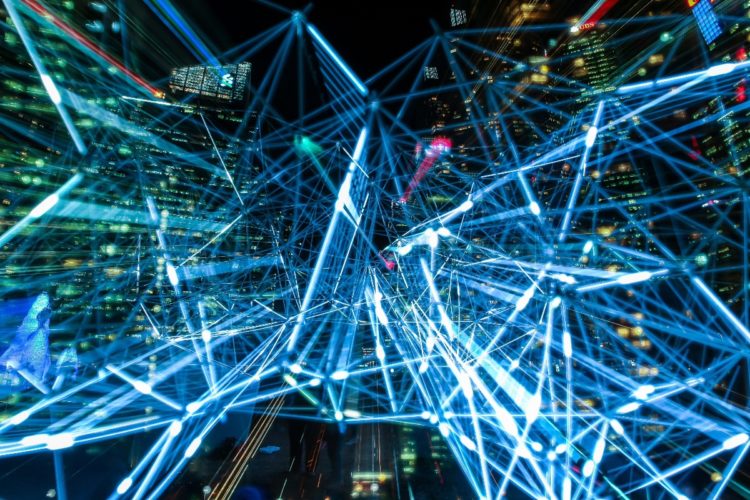All around the world, climate change has become a major issue. The international community has been working together to address climate change and to mark the Paris Agreement’s 5th anniversary. Today, more than 110 countries have dedicated themselves to the objective of “Carbon Neutrality.” Modernizing the energy infrastructure and speeding up the transition from fossil energy to renewable energy is critical. In the digital age of an intelligent world that is completely linked. Power, the backbone of digital infrastructure, is also undergoing a transition to respond to the evolving shifts of the digital environment.
Huawei organized the media engagement conference ‘Top 10 Trends of Digital Power’ on December 28, and Mr. Zhou Taoyuan, Huawei Vice President and President of Digital Power Product Line, shared insights into the future trends of digital power. He pointed out that the highest priority challenge in the world today is carbon neutrality. Due to the rapid development of the digital economy and the challenges of energy digitalization and the growth of the digital economy, the energy industry will enter the digital age. In order to increase investment in the digital energy infrastructure that forms the backbone of the digital world, the entire industry needs to be of great importance.
Dr. Fang Liangzhou, Huawei Digital Power Product Line Vice President and CMO, reported that the “Top 10 Digital Power Trends” forecast by Huawei includes the following trends:
- Power Digitalization
- Green Energy for All
- Efficient E2E Architecture
- AI Boost
- Simple and Convergent
- Autonomous Driving
- Comprehensive and Smart Energy
- Intelligent ESS
- Super-Fast Charging
- Safe and Reliable
It is understood that Huawei has been deeply active in the field of energy for many years. Huawei can achieve green power generation and efficient power consumption by combining power electronics and emerging technologies that can encourage digital transformation and the growth of the digital economy. Huawei advocates that to explain the context of energy production and deploy energy building, we should use the end-of-the-art viewpoint.














